A gift from AL and a few succulent plants in a gritty 1.1.1 mix!
meyermike_1micha
13 years ago
Featured Answer
Sort by:Oldest
Comments (20)
jodik_gw
13 years agogreenman28 NorCal 7b/8a
13 years agoRelated Discussions
Newb help needed for 5-1-1 and 1-1-1 Gritty
Comments (7)I have seen where the Pine Bark Fines is referred to as 'soil conditioner' as well as the Turface being referred to as 'soil conditioner'. What exactly is Turface, They are both "soil conditioners" Pine Bark fines are organic. Turface is calcined Montmorillonite clay. Check your area for John Deere Landscape suppliers. If you can't find that then check your Tractor supply for "Oil Dry" in 40# bags. It will need to have the fines removed with an 1/8th inch screen. I've also read that it was like kitty litter, isn't that the same as the grit? So confused! :S the kitty litter is a clay product. The chicken grit is often a crushed granite product. It is a volume and aeration additive (?) that does not soak up water like the clay or the bark. I plan on buying the Reptibark for my Gritty so I won't have to screen and not for sure what I will need to get for the 5-1-1 bark fines. For the 5-1-1 mix check out the pine bark soil conditioners. See if it is ground to a fairly small size and is 100% pine. I have seen some that have other items like ground forest products whick are of questionable background. Locally I have Lowes, Tractor Supply, and Atwoods. I called Tractor Supply and they carry the Manapro grit for $4.99 and Atwoods has a 5lb bag of grit for $2.87 (they didn't know what brand). Then do I need to get the Lime and Gypsum for both (which for which mix?) or can I get just one of the two to use on both mixes? If I understand it correctly the lime is added to the 5-1-1 mix at the rate of 1 tablespoon per gaollon of mix. Seems that the ph of the 1-1-1 mix warrants the use of gypsum in the mix and then epsom salts are added to the water to help free up Ca and Mg. I don't have to make very much so I really don't want to have to buy 50 lb bags of all this! lol Also, what exactly to do for both on the fertilizer that's listed? you can add a Controlled release fertilizer or it is recommended to water with a weak fertilizer solution. Tapla has written on this and is worth the read Thank you so much for the help and sorry for all the q's! Thanks Al for all the help you are giving everyone!...See MoreExcuse me, Al's Gritty Mix 1-1-1 question
Comments (2)1) All plants have rhythms (search endogenous/circadian) that control how they react throughout the growth cycle, the primary stimulus being photoperiod. My plants in the basement, with only 1 small window at the far end and growing under timed lights, 'know' when the spring equinox has arrived, because that's when they begin to grow in earnest. It's possible to trick a plant into ignoring what would be its natural rhythm by very closely controlling photoperiod, but it's not easy. Your citrus tree will grow in spurts. You can repot at the end of a growth spurt if you wish, but it's better to repot in April. Still, with the cool temperatures we've been having here in MI, it wouldn't be too far off the mark if you hurried and repotted now. 2) Screen your Turface MVP over insect screen and use the fines for something else. Screen the crushed granite or cherrystone over insect screen to remove the dust. For bark, use what passes a 3/8 screen (1/2 is ok if you can't find 3/8) and what doesn't pass a 1/8 screen. 3) Yes 4) Saw off the bottom half of the root mass, then cut 2-3 pie-shaped wedges into the remaining roots that will eliminate half of what remains. Next spring, you will remove the other half of the roots by removing the wedges that remain, then skip a couple of years. Zone 5b, eh? What city/town do you live in/near? Al...See MoreIs Al's gritty mix or 5-1-1 mix really any better than other mixes?
Comments (32)@Nil13 made reference to the Whitcomb 311 mix, which is an earlier historical attempt to create a more coarse potting soil for container plants. I think it is extremely helpful to read a document written by Carl Whitcomb that explains how he came on this formula by accident. Essentially what happened is he accidentally left nine test pots under a bench and everyone forgot they were there. They had successfully nearly killed all of their test plants by watering in a normal potting soil mix and the unwatered plants started to do very well. What I have started to realize is that any plant can do well in many different soil mixes, if you are able to carefully control the watering. This explains why so many people on this forum claim gritty mix is not as good for their succulents as their (fill in some random horrible soil with lots of small particles) mix. Inevitably those people are growing their plants indoors. They have enormous experience with their plant type and they know exactly when to water the plant. So that is the case of a very skilled gardener compensating for a very bad soil. What gritty mix does for me is let me grow succulents outside in very abusive weather conditions, without the plant dying. A plant can get a week of rain and it will still drain well. During Summer, gritty mix will tolerate a bit of overwatering, although you still really need to pay attention to not overwatering. Whether you make your 511 mix with perlite/peat, or with two parts Turface, or with lava and pumice, is probably in the big picture not going to be the deciding factor in whether your plants grow well or not. Success can be add with any of those mixes because the size of the particles allows the roots to breathe and prevents capillary action of water from bring the perched water table to the top of the pot and drowning the roots. Fine-tuning how you make 511 is a question of matching the plant type to the moisture retention of the soil and to the watering habit and climate exposure. Any 511 variant is going to do better than almost any commercial potting soil because of the larger particles used in the majority of the mix....See MoreDoes Gritty 1:1:1 mix work for a Container Rose Bush?
Comments (13)I want to find an optimum soil for roses as well. Mine are in clay and just never really thrived in recent years. That said, I agree with @gardengal48 that gritty mix is not an optimum soil for roses. I think of gritty as being a fast draining soil that dries out rapidly. It is a good match to succulents and cactus because those plant types are very good at sucking out a lot of moisture from a relatively dry soil. Most cactus and succulents will thrive in a soil that gets right to the point of drying out, at which point you water and the cycle of rapid water uptake and rapid drying repeats. I think of roses as a plant that likes a fast draining soil that stays moist between waterings. I think of rhododendrons as being something similar, albeit rhododendrons and azaleas like an acidic soil. I guess everyone is going to recommend 511 mix, but my hesitation in trying 511 has always been that I truly hate peat moss. Aside from not being a sustainable resource, it is very hard to get it to absorb moisture once it dries, and it tends to clump in soil and make a mess that requires repotting. With rhododendrons, I have tested with a 100% fir bark soil, and believe it or not I tested with 50% fir bark and 50% Turface. The 50/50 fir bark/Turface has proven to be an amazing acidic soil for rhododendrons. I have sister plants planted in each soil and the ones in the Turface blend have dense healthy looking leaves. I am not recommending this soil for roses or even for rhododendrons. I don't have enough experience with it yet. I am just passing along some experiments I have been doing....See Moretapla (mid-Michigan, USDA z5b-6a)
13 years agomeyermike_1micha
13 years agogreenman28 NorCal 7b/8a
13 years agohaxuan
13 years agotapla (mid-Michigan, USDA z5b-6a)
13 years agojodik_gw
13 years agojodik_gw
13 years agomeyermike_1micha
13 years agohaxuan
13 years agogreenman28 NorCal 7b/8a
13 years agojodik_gw
13 years agomeyermike_1micha
13 years agojodik_gw
13 years agohaxuan
13 years agojodik_gw
13 years agomeyermike_1micha
13 years agojodik_gw
13 years ago
Related Stories
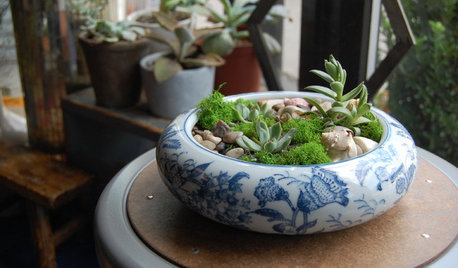
DIY PROJECTSQuick DIY Project: 3 Ways to Show Off Your Succulents
Create a simple yet lush vignette with a few plants and some everyday items
Full Story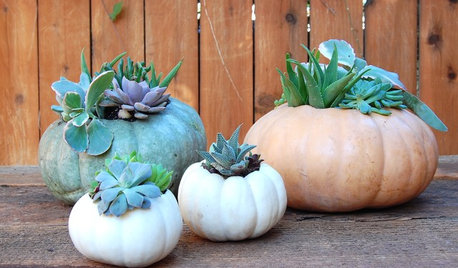
DIY PROJECTSDIY: Pumpkins and Succulents Combine as Holiday Decor
Follow this easy tutorial to turn your favorite pumpkins into a fresh update for your home or a gift item
Full Story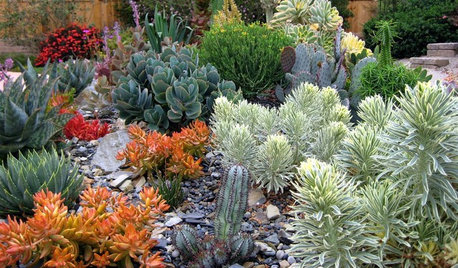
GARDENING GUIDESA Beginner’s Guide to Growing Succulents
Their easy-care reputation is well-deserved, but a little TLC will turn succulents into star plants
Full Story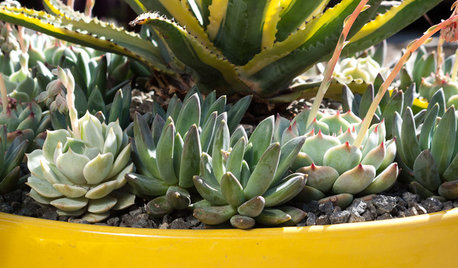
CONTAINER GARDENS3 Steps to Creating Quick, Easy and Colorful Succulent Containers
Take a bright container, add a colorful succulent or two and have a professional, summery design in minutes
Full Story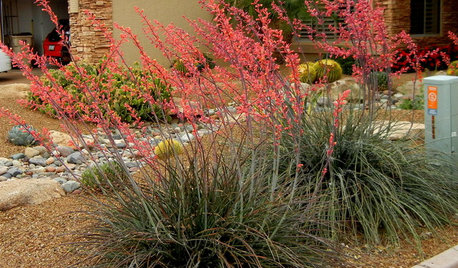
GARDENING GUIDES10 Cold-Hardy Succulents for Cool-Season Interest
These attractive plants shrug off colder temperatures, and many can be brought inside in containers in extra-chilly climates
Full Story
HEALTHY HOMEHow to Childproof Your Home: Expert Advice
Safety strategies, Part 1: Get the lowdown from the pros on which areas of the home need locks, lids, gates and more
Full Story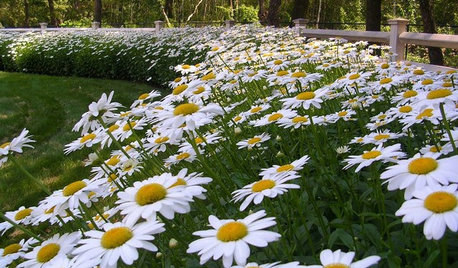
GARDENING GUIDESMix or Mass Daisies for Two Great Garden Looks
The classic daisy looks equally beautiful massed in borders or mixed throughout a naturalistic planting. Which look suits your style?
Full Story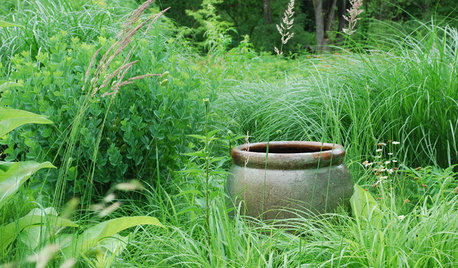
GARDENING GUIDES5 Invaluable Life Lessons From the Garden
The garden is both teacher and healer. Don't be afraid — dig in and reap the benefits
Full Story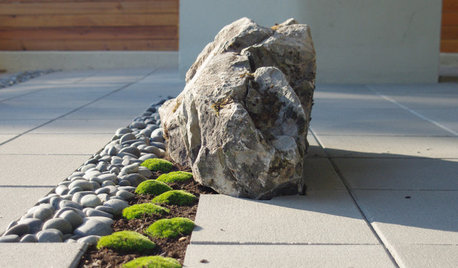
LANDSCAPE DESIGNDare to Mix Things Up in the Landscape
Courageously contrast plantings, materials and structures in your garden to create unexpected beauty and intrigue
Full Story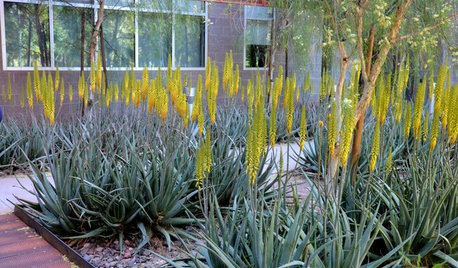
GARDENING GUIDESGreat Design Plant: Aloe Vera
Bright yellow flowering spikes decorate this popular aloe from late winter into spring, much to the delight of hummingbirds
Full Story


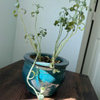

haxuan